If you’re the owner of a building that’s exhausted all their options, from roof restoration to maintenance to shingle rejuvenation, it may be time for a total roof replacement. This last resort option gives you the opportunity to start from scratch with any roof material you’d like.
This article will help you break down 9 options, highlighting each roofing material’s strengths, weaknesses, and cost level:
Asphalt Shingles
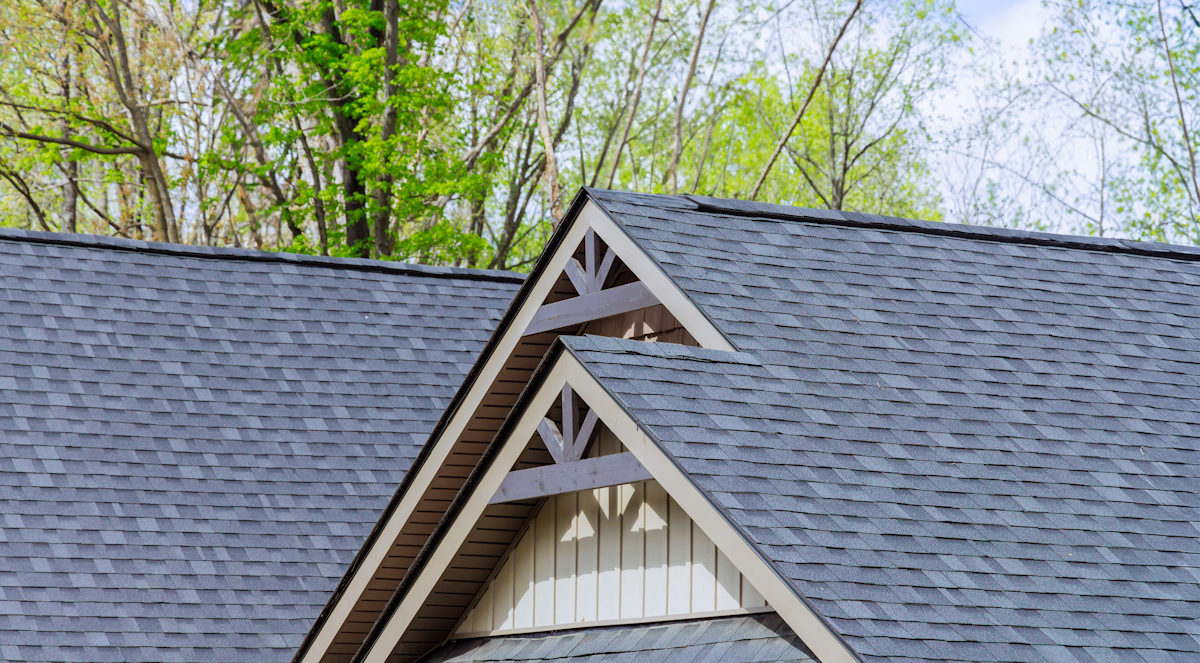
Asphalt shingles are the most widely used roofing material in North America. This classic material is great because it’s relatively affordable and easy to install or replace. The shingles are simply rolled out and nailed down, which means replacing individual shingles is doable.
The downside of asphalt shingles is that they typically aren’t the most durable option. Some asphalt roofs will last up to 30 years, but it really depends on the amount of sun, wind, and precipitation that shows up. Shingle rejuvenation is an effective coating process that can extend the life of shingles, but once the granules are gone, the roof will need replacement.
You’ve got some choice when it comes to asphalt. Organic shingles will have a shorter life, while the typical fiberglass shingles are more durable. If you want something a little elevated, architectural shingles offer a more textured, dimensional appearance plus a longer lifespan.
Metal
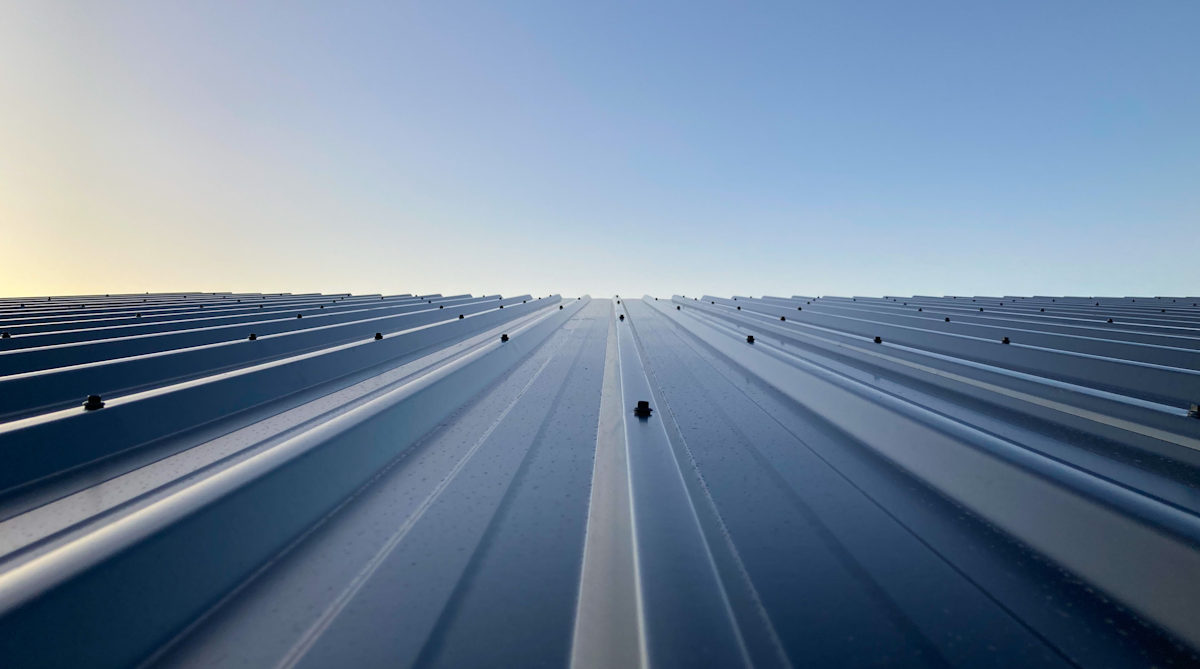
Metal roofing is another popular option famous for its increased durability against the elements. The material is extra resistant to high winds, dumps of snow, and intense UV from the summer sun – it’s even fire resistant. As a result, metal roofs can easily last 50+ years.
Longevity isn’t the only reason homeowners love metal roofs. The material is surprisingly lightweight, and are generally seen as a more sustainable option. Some metal roofs are recyclable, and some have the ability to reflect heat and lower the costs of cooling in the summer. There’s also the element of versatility. Metal roofs come in a very wide range of colours and styles, which is ideal for specific style preferences and custom home builders.
The drawback of metal roofing is the cost. Homeowners with bigger budgets will say the benefits are worth the cost, but keep in mind the cost is far more significant than most other materials. As a comparison, metal could easily cost double the price of asphalt.
Wood
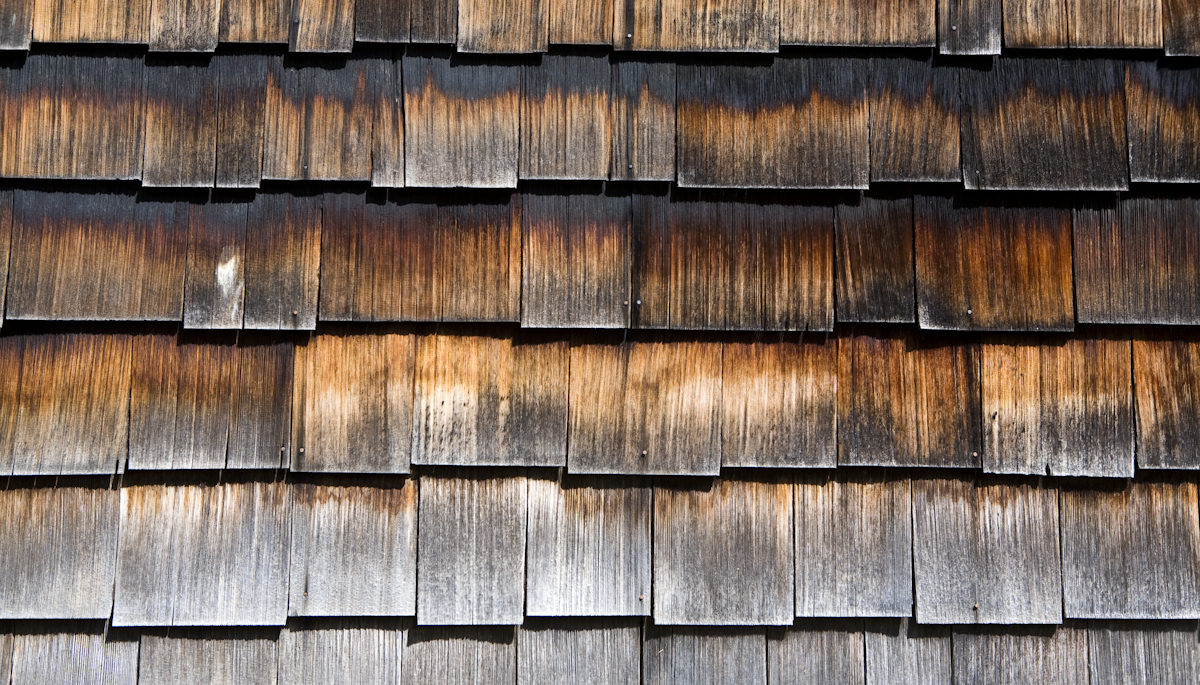
If aesthetics is a top priority, it doesn’t get much better than a wood roof. Wood is a classic roofing material that offers timeless charm and a beautiful, rustic appearance from the curb. Wood roofs can be constructed with shakes or shingles and with a range of different wood types, although cedar and redwood are most common.
As you can imagine, this type of material will require some serious maintenance. Even if the roof is perfectly maintained, a wood roof in a place like the Pacific Northwest will not last more than 20-30 years. If you live in climate with plenty of precipitation or near an area where wildfires are threatening, wood may not be the best option.
Wood will cost you too, especially once you add the cost of regular maintenance. Still, you can’t beat the appearance of a classic wood roof.
Slate

Slate is another beautiful and natural roofing material revered for its aesthetic appeal, often found atop luxury homes. Built with slabs of real stone, slate gives a roof a truly authentic appearance.
Slate is also popular due to its high level of durability. Without a ton of maintenance required, slate will last forever. The material is naturally waterproof and fireproof – it even protects against insects. As a result, a slate roof replacement will probably be the last roof you ever buy. It isn’t uncommon to see slate last for over 100 years.
The extreme longevity and stunning appearance of slate comes at a cost. It’s one of the most expensive roofing materials out there, and if maintenance is ever required, that will be significant too. That’s because slate needs to be mined, shaped into shingles and shipped, which is a challenge due to the extreme weight of the material. Not all structures will even be able to support the material.
Built-Up Roofing
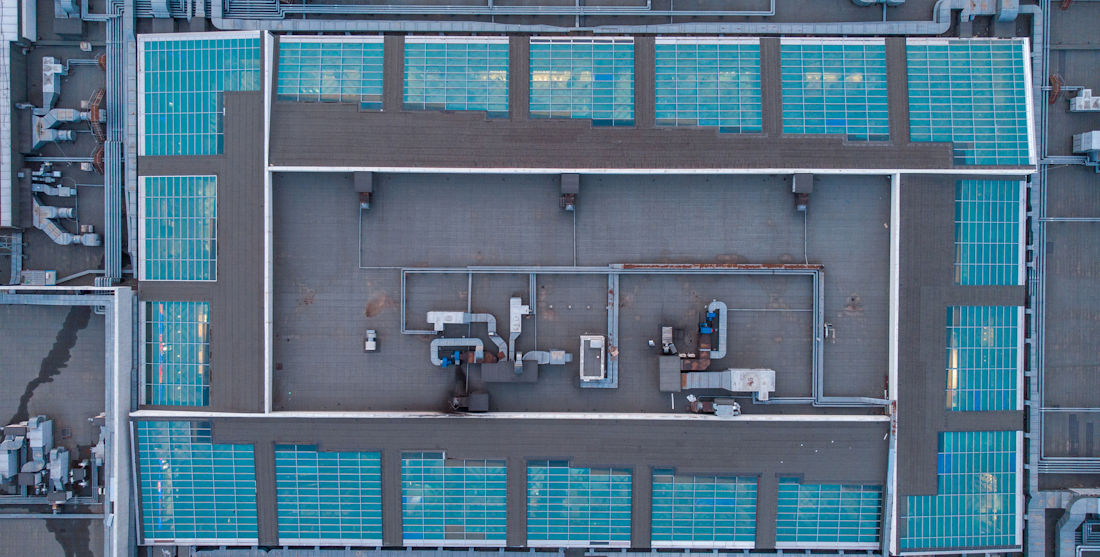
Built-Up Roofing (BUR) is a layered roofing technique that uses multiple layers of asphalt or coal tar bitumen, roofing felt of ply sheets, and gravel. This layered approach is popular with commercial and industrial buildings because it works well for flat and low-sloped roofs.
A BUR typically only lasts 20 to 30 years before needing a replacement. But doing so won’t cost nearly as much as other natural roofing materials. The installation process is fairly labour-intensive and comes with risks of releasing hazardous fumes, plus the finished product isn’t much to look at. Regardless, BUR is a durable, weather resistant, and low-cost roofing option.
Clay Tile
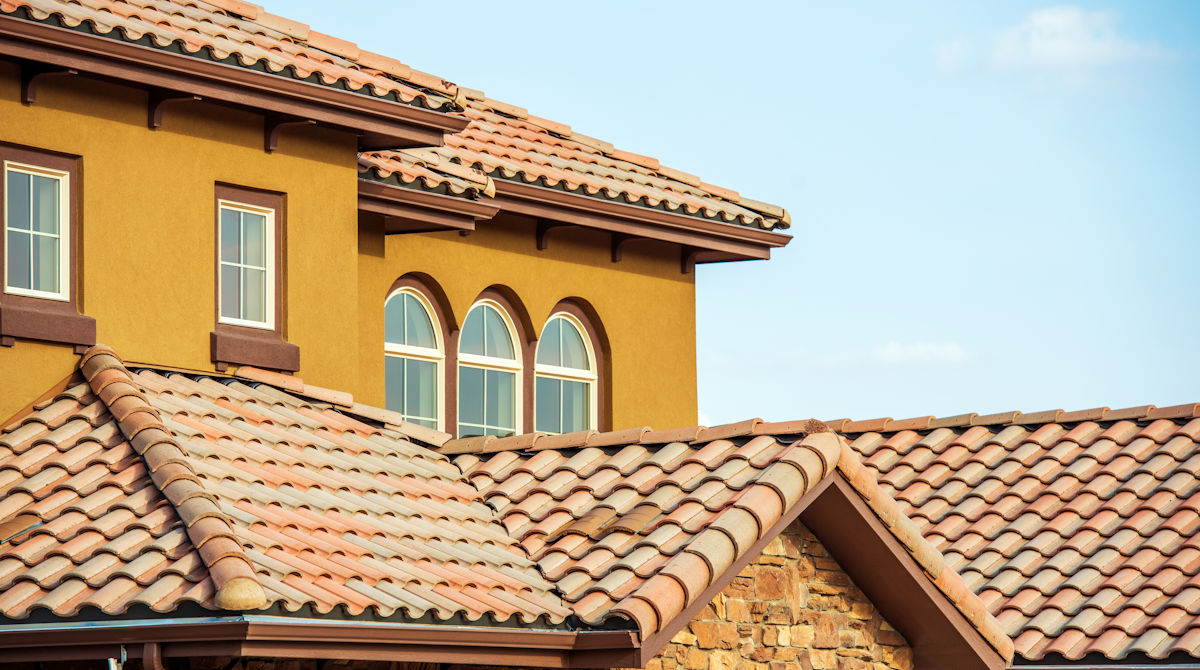
Clay tile roofing is another natural material that’s molded and fired for extreme durability. Clay can easily withstand harsh weather, including heavy rain and extreme heat, along with the ability to repel rot and insects. There’s none better at protecting against the heat and salty air, which is why clay roofs are so common in desert climates and oceanfront neighbourhoods.
While clay roofs are known to last more than 100 years like a slate roof, they share some of the same downsides. While clay tiles are lighter than slate, the cost for a clay roof is comparable to a slate roof. You’re going to have to cough up major dough for that extreme durability and longevity.
Rolled Roofing
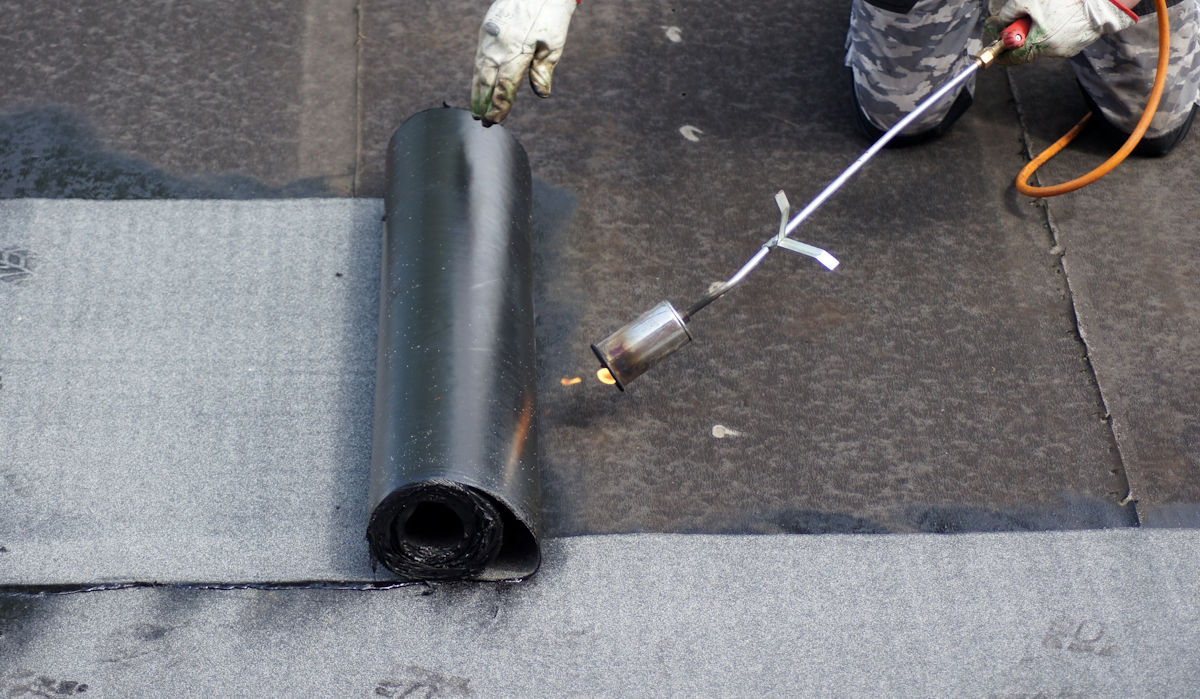
Rolled roofing overtook built-up roofing when it hit the scene. Now, it’s the most popular choice for commercial and industrial buildings along with other utilitarian structures like sheds.
The material comes rolled up like carpets, and is simply stretched across the roof and applied with heat. Installation is a breeze compared to other materials, which means it doesn’t get much cheaper than a rolled roof.
Although it’s cheap and the installation is fast, the lifespan of this material is not much more than 5 years. Plus, it’s one of the ugliest on the market – black will likely be your only option.
Concrete Tile
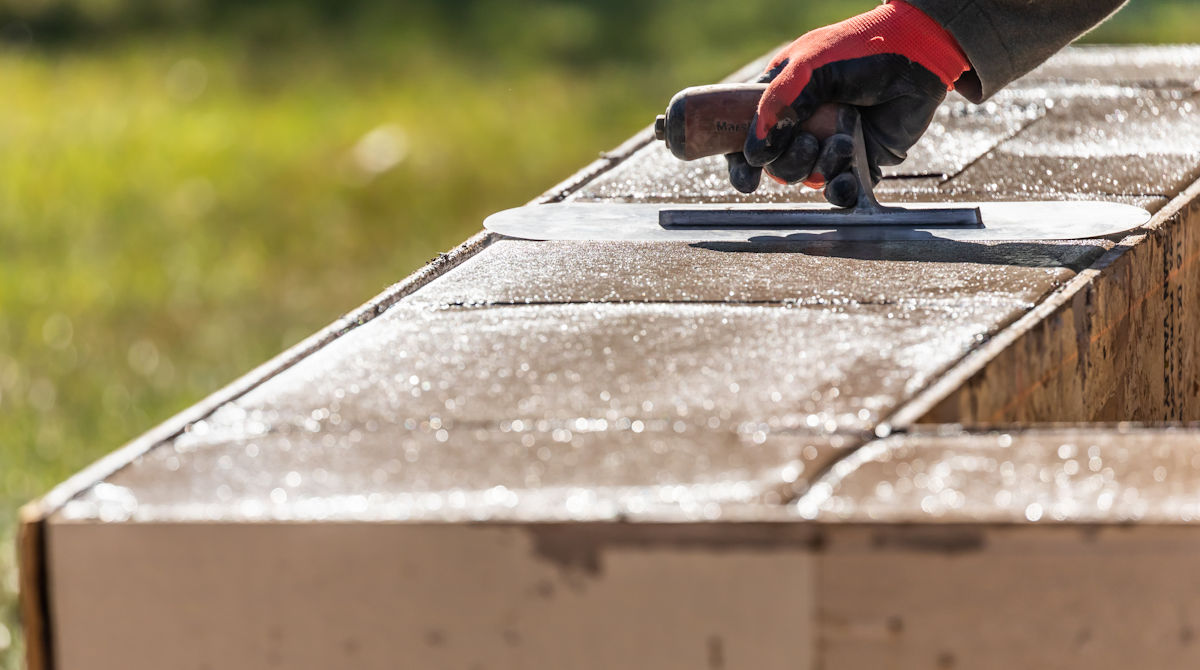
A concrete tile roof is a great alternative to a clay or slate roof, the main benefit being cost savings. Concrete is significantly less expensive than slate or tile, while still providing a high level of weather resistance and durability for 50+ years. The options for customization are plentiful too, with the ability to style, colour and finish the concrete in many ways.
One issue with concrete is it requires regular maintenance. Like clay, concrete will need to be resealed every few years in order to avoid growing fragile under extremely cold temperatures.
Like clay and slate, concrete tile roofing is also exceptionally heavy. The weight of the roof will put stress on the structure, and may not even be suitable for some buildings.
Living Roof
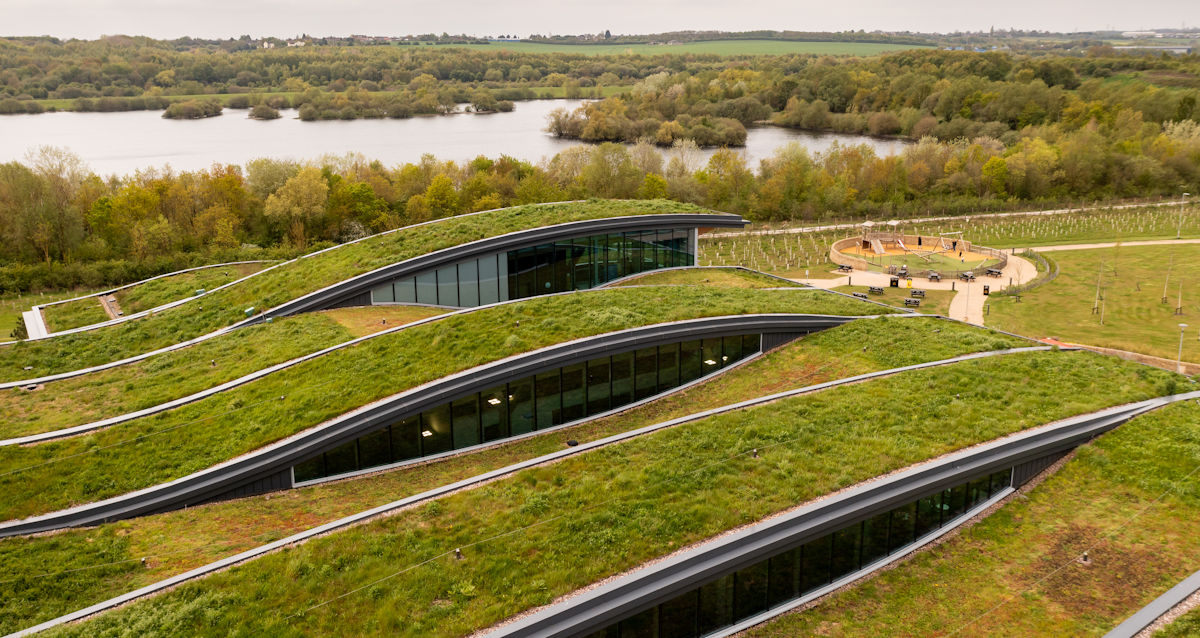
A living roof is the most unique roof material that you’ll likely never see in a standard residential area. This material uses living plant life as the roof material, like a garden on top of the building.
If the building structure allows for it, a living roof provides some surprising benefits. First, it’s able to provide natural insulation for the home. It also absorbs rainwater, making it highly effective at handling water runoff and rainy climates. Finally, a living roof can actually remove pollutants from the air, replacing with clean oxygen.
As you can imagine, building a living roof is no easy task. Along with intense planning and know-how, the roof will require constant maintenance and attention.
Ready to replace a roof on your home or business? Lifecycle Roofing can help, with a dedicated team of roofing experts that know what it takes to build, maintain and preserve roofs on Vancouver Island. Contact us today for a quote and free roof inspection.

